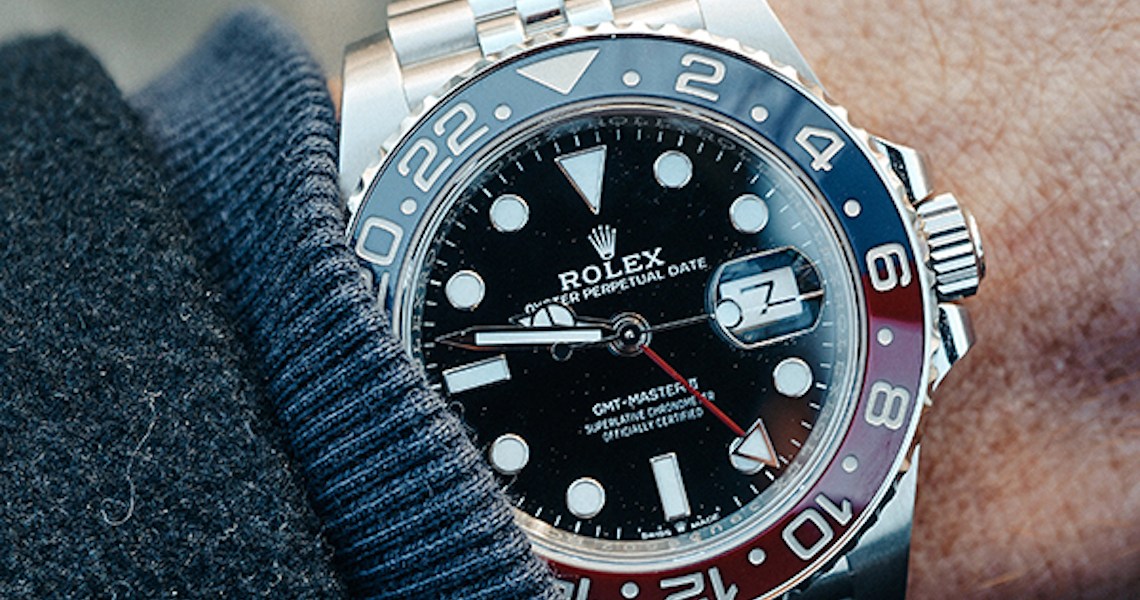The luxury watch industry is in a tumultuous place. Despite the vast increase in the number of watches on the market and the new interest in watch marketplaces among investors, not everything has been smooth sailing.
Shining a light on the shifts in the market is Chrono24, a German marketplace that’s one of the leaders in secondhand watch sales. A year and a half after raising $108 million in seed funding and hiring an additional 100 new employees, the company has now eliminated 65 employees, mostly in Germany, citing declining prices for its watches and a volatile market.
Chrono24’s co-CEO Tim Stracke said in a press statement about the layoffs that the industry is in a “volatile” period. But this is in stark contrast to what Stracke said just a few months ago. In November 2022, after a year in which the company had seen booming watch sales, Stracke told Glossy that watches were “a super stable, not volatile asset class.” He went on to say that he knew people whose portfolio of watches had performed better than their stock portfolios in 2022.
That may have been the case through 2021 and most of 2022, when Chrono24 saw the gross value of all watches sold increase 62% over the previous year. But the last month has seen the values of luxury watches fluctuating wildly. The prices of popular models from major watch brands like Rolex and Patek Philippe have dropped 25-35% on the secondary market. At the same time, demand for new luxury watches has increased and the overall secondhand market size has grown, with various secondhand marketplaces becoming flooded with product. The secondhand watch market expected to be an $85 billion market in the next 10 years, according to LuxeConsult.
That increase in demand led to a corresponding increase in supply as sellers flocked to places like Chrono24 to offload the inventory they had for maximum payout. Dealers throughout 2021 were offering top dollar for hard-to-find watches from Rolex and Patek, but they overcorrected. By the end of 2022, there were far more of these once-rare watches in the secondhand market. And with inflation rising, there were fewer buyers available for those ultra-high-end watches.
In other words, the buyer who can afford a new $8,000 Rolex from the brand can’t afford the same watch at twice the price secondhand. Watch prices on the secondhand market sink when there isn’t enough customers who can afford the highest prices, and those watches that the dealers bought for a premium last year are now selling for a much lower margin.
Austen Chu, CEO of the Hong Kong watch marketplace Wristcheck, said that the flood of secondhand watches entering the market compared to the small number of watches the top brands make each year has had a predictable effect on secondhand prices.
“The market has corrected quite significantly,” Chu said. “Secondhand watch prices have gone down like 50%. Audemars Piguet makes 50,000 watches a year, Patek makes 75,000. They physically cannot make enough watches to keep up with demand for new watches.”
Other factors like Rolex beginning its own secondhand watch sales may also put a dent in watch marketplaces sales. When Rolex first announced its program, Stracke told Glossy it would be good for the broader watch market to have more places to buy secondhand. But Rolex makes up 44% of Chrono24’s sales and the presence of an authorized way to get secondhand Rolex watches from the brand is another pressure point on secondhand marketplaces.
“2022 was an interesting year, as we really saw the luxury watch marketplace entering mainstream conversation in a bigger way than ever before,” Stracke told Glossy.




